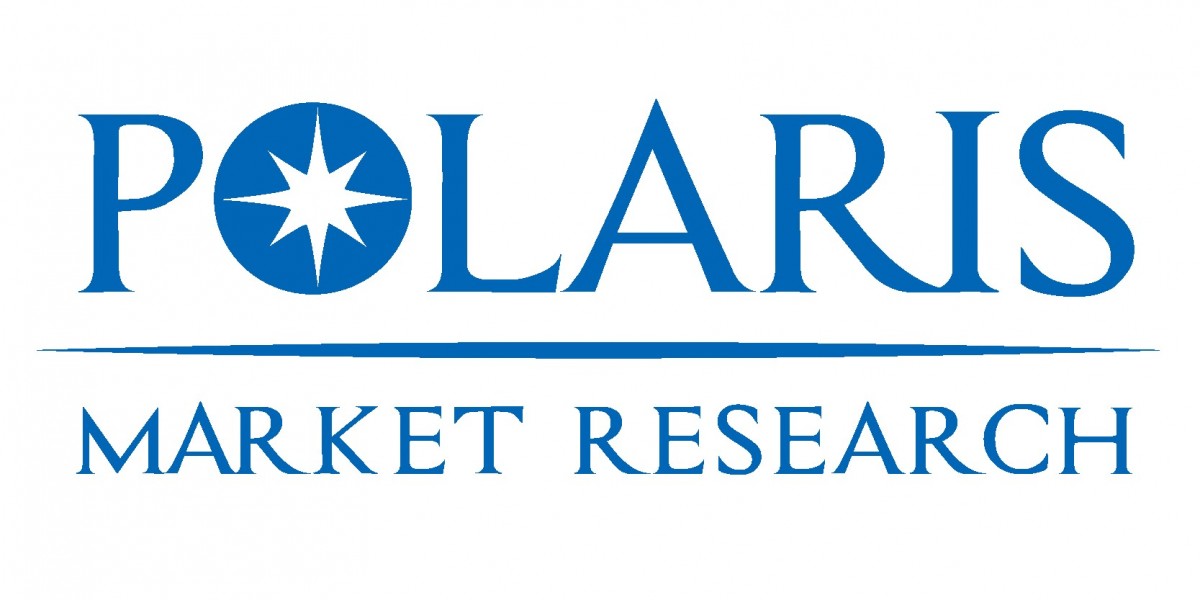Introduction
The marine scrubber market is gaining momentum as the shipping industry adapts to stricter environmental regulations and the global push toward sustainable marine transportation. Marine scrubbers, also known as exhaust gas cleaning systems, are devices installed in ship exhaust systems to reduce sulfur oxide (SOx) emissions generated from the burning of heavy fuel oil. By using seawater or specialized chemicals to clean exhaust gases, these systems help vessels comply with the International Maritime Organization’s (IMO) 2020 regulation, which limits sulfur content in marine fuels to 0.5%. With shipping being a major contributor to global emissions, marine scrubbers play a crucial role in achieving greener and more compliant operations.
Market Drivers
The primary driver for the marine scrubber market is regulatory pressure, especially the IMO 2020 sulfur cap, which has compelled ship operators to adopt emission reduction technologies. Using scrubbers allows vessels to continue burning cheaper high-sulfur fuel oil (HSFO) while still meeting regulatory standards, creating significant cost savings compared to switching entirely to low-sulfur fuel oil (LSFO). The rising global fleet size, increasing seaborne trade, and strong demand for compliance solutions are fueling market expansion. Additionally, growing awareness of environmental impacts and advancements in scrubber technologies are supporting wider adoption.
Market Challenges
Despite its advantages, the marine scrubber market faces certain challenges. The high upfront capital cost and installation expenses can deter shipowners, especially small and medium-sized operators. Maintenance and operational complexities, including handling wash water and sludge, pose additional hurdles. There is also debate about the long-term regulatory stance on open-loop scrubbers, which discharge wash water back into the sea, raising environmental concerns. Fluctuating oil prices and uncertainty around future fuel regulations may also impact investment decisions. Furthermore, the availability of alternative fuels, such as LNG and methanol, could challenge the long-term demand for scrubbers.
Market Segmentation
The market can be segmented based on technology, vessel type, and fuel type.
- By Technology: Open-loop scrubbers, closed-loop scrubbers, and hybrid scrubbers. Open-loop scrubbers are currently the most common, while hybrid systems are gaining traction due to their operational flexibility.
- By Vessel Type: Bulk carriers, container ships, tankers, passenger ships, and others. Tankers and container ships dominate due to their higher fuel consumption and global trade significance.
- By Fuel Type: Heavy fuel oil (HSFO), marine diesel oil (MDO), and low-sulfur fuels. Scrubbers are primarily installed on vessels using HSFO to reduce operational costs.
Regional Insights
The adoption of marine scrubbers varies by region. Europe leads the market due to stringent regulations in Emission Control Areas (ECAs) such as the North Sea and Baltic Sea. Asia-Pacific, led by China, South Korea, and Japan, is also a major hub for scrubber manufacturing and installation services, driven by its strong shipbuilding industry. North America is witnessing steady growth, supported by strict environmental policies in U.S. coastal waters. Middle East & Africa and Latin America are emerging regions, gradually adopting scrubbers as international shipping regulations become stricter.
Key Market Trends
Several trends are shaping the marine scrubber market. Hybrid scrubber systems that offer both open-loop and closed-loop functionality are becoming more popular for flexibility in different waters. Increasing investments in retrofitting existing ships with scrubbers highlight the cost advantages of compliance. Technological advancements, such as automated monitoring systems and efficient water treatment, are improving operational performance. Partnerships between shipowners and technology providers are strengthening service offerings, while rising focus on reducing particulate matter and nitrogen oxides (NOx) emissions is driving innovation beyond sulfur removal.
Future Outlook
The marine scrubber market is expected to maintain steady growth over the next decade as global trade expands and emission regulations tighten further. Retrofitting older ships and integrating scrubbers into new builds will remain a key focus area. The market will also see innovation in environmentally friendly and cost-effective scrubber technologies. As alternative fuels gradually gain adoption, scrubbers will continue to serve as a transitional compliance solution. With the shipping industry under increasing pressure to decarbonize, marine scrubbers will remain an important tool in bridging current operations with future green fuel technologies.
Conclusion
Marine scrubbers represent a practical solution for the shipping industry to comply with sulfur emission limits while reducing fuel costs. Although challenges such as high installation costs and environmental concerns persist, the market continues to grow due to strong regulatory support, economic benefits, and technological innovation. As shipping remains vital to global trade, scrubbers will play a significant role in enabling the transition toward sustainable maritime operations.







